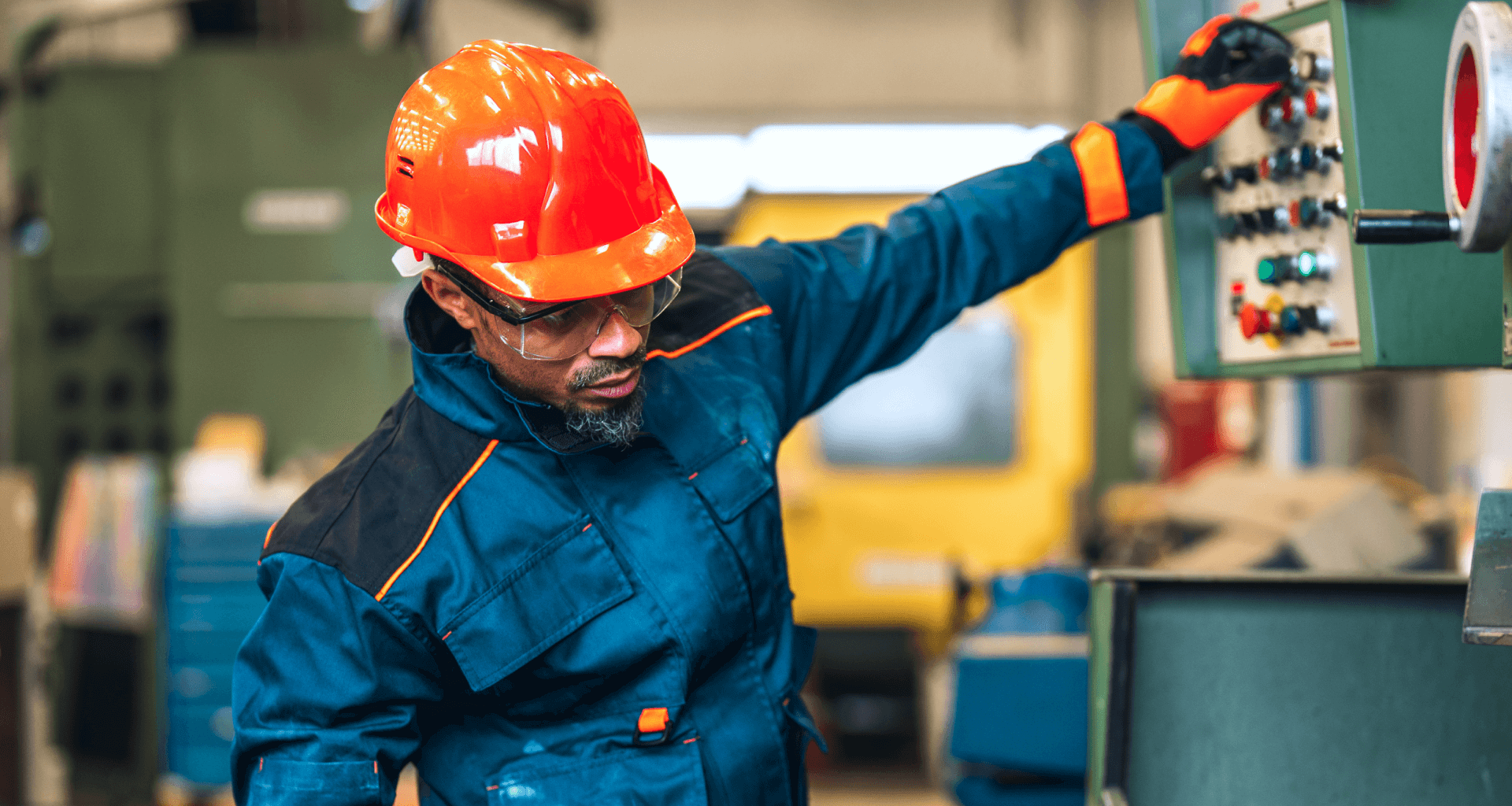10 engaging workplace safety ideas that are
actually fun
Most workplace safety programs suffer from “death by PowerPoint” syndrome. This is what we call the endless meetings where employees scroll through phones while clipart hazards stare blankly from posters nobody reads. The problem isn’t that people don’t care about safety; they’re just drowning in dull delivery.
Effective workplace safety ideas create sticky moments. When someone checks their footing because they’re still thinking about last week’s “Hazard Bingo” win, that’s when safety training actually works.
These 12 workplace safety ideas are genuinely fun, field-tested, and designed to stick. If you’re already using a workplace communication platform like Appspace, these tactics become even easier to deploy, with an employee communications platform turning one-time activities into ongoing campaigns without extra bandwidth from your team.
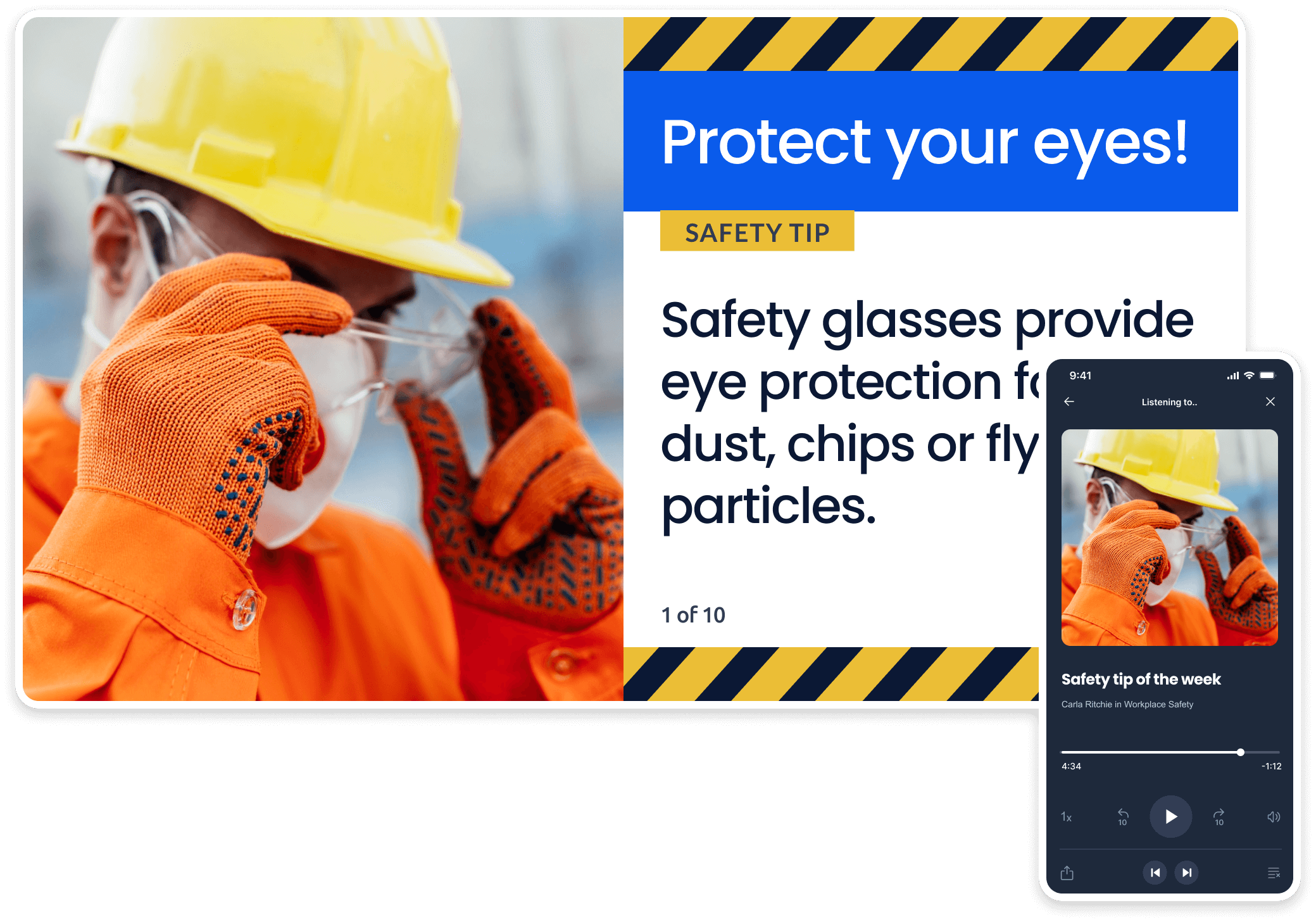
Why most workplace safety programs fail (and what to do instead)
Even well-intentioned safety programs stumble when delivery, timing, or engagement miss the mark. Here are the four most common reasons safety programs fall flat—and what forward-thinking teams are doing differently.
Safety message fatigue makes important info invisible
You know that faded “Safety First” poster by the coffee machine? Nobody actually looks at it anymore. Once safety messaging becomes visual wallpaper, people stop seeing it. Even genuinely important updates. Some teams swap out their safety content weekly, throw in employee photos, or post real near-miss stories. Anything to break the same-old pattern.
Safety training focuses on rules, not behavior
Everyone knows they should wear their hard hat and lift with their knees. But when deadlines loom or you’re rushing through familiar tasks? That’s when corners get cut. Programs that work help people practice making good choices under pressure, not just sit through another PowerPoint about proper procedures.
Safety content doesn’t activate emotional memory or real-time recall
Most safety messaging sounds lawyer-approved but is very forgettable. Your brain hangs onto things that made you laugh or feel something. A catchy phrase like “Stretch before you stress” hitting someone’s screen right as they clock in? That sticks. And with something like Appspace running your digital signage, you can time these nudges perfectly without manually updating screens.
Safety is treated as a compliance task, not a cultural norm
When safety feels like homework, people do the bare minimum to get their checkmark. Polite nodding during training, then back to cutting corners. Teams that prevent accidents get people involved—department competitions, shared close-call stories, or funny safety meme boards. When people help create the safety culture instead of just receiving it, they care about it.
What makes a workplace safety idea effective in 2025
So, what actually makes workplace safety ideas stick? It’s not a science, but it does require thinking like a human instead of a compliance officer.
Here’s what separates the memorable safety ideas from the forgettable ones:
- Stories beat statistics: Someone sharing their “I almost slipped on that wet floor” moment hits different than another pie chart about incident rates
- Right time trumps right message: A quick “stretch first” reminder popping up before a heavy lifting shift beats a 30-minute ergonomics seminar from last quarter
- Get people involved: When employees create the safety content instead of just sitting through it, they actually care about the outcome
- Keep it fresh: Same poster for six months? Nobody’s looking. Weekly rotation of employee photos, funny moments, real stories? Now you’ve got attention
- Use tech that doesn’t create more work: Something like Appspace can handle all the scheduling and rotating automatically, so you’re not manually updating displays every week
The workplace safety ideas that actually work don’t feel like safety training. They feel like something you’d actually want to pay attention to.
10 fun and creative workplace safety ideas that actually work
Ready for the good stuff? These aren’t your typical “watch this safety video and sign here” activities. Each one has been tested in real workplaces with real people who have better things to do than sit through boring safety presentations.
Team-based workplace safety activities
1. Safety scavenger hunts that reinforce equipment awareness: Skip the generic “find the fire extinguisher” hunt and create challenges like “Find three slip hazards in our workspace.” Teams compete while actually learning where safety equipment lives.
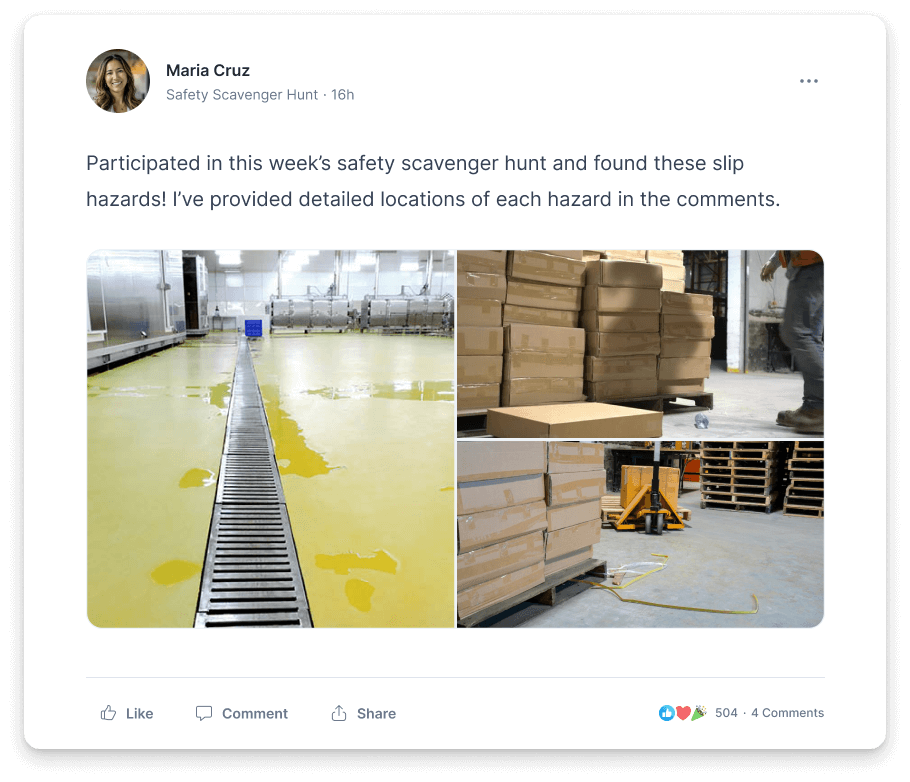
- Department-wide trivia competitions (with small but real prizes): Ask questions about your specific workplace scenarios, like proper lifting technique for your 50-pound boxes. Small prizes like gift cards or extra break time make it competitive.
- Safety skits based on real scenarios (with “what not to do” comedy): Give teams 15 minutes to create skits showing common workplace mistakes. People remember Dave’s ridiculous forklift near-miss reenactment way longer than PowerPoint slide #47.
- Tip from the pros: Using Appspace already? Use it to drop clues, announce winners, and keep game updates flowing across departments through your employee communications platform. Way easier than chasing down shift supervisors to coordinate everything manually.
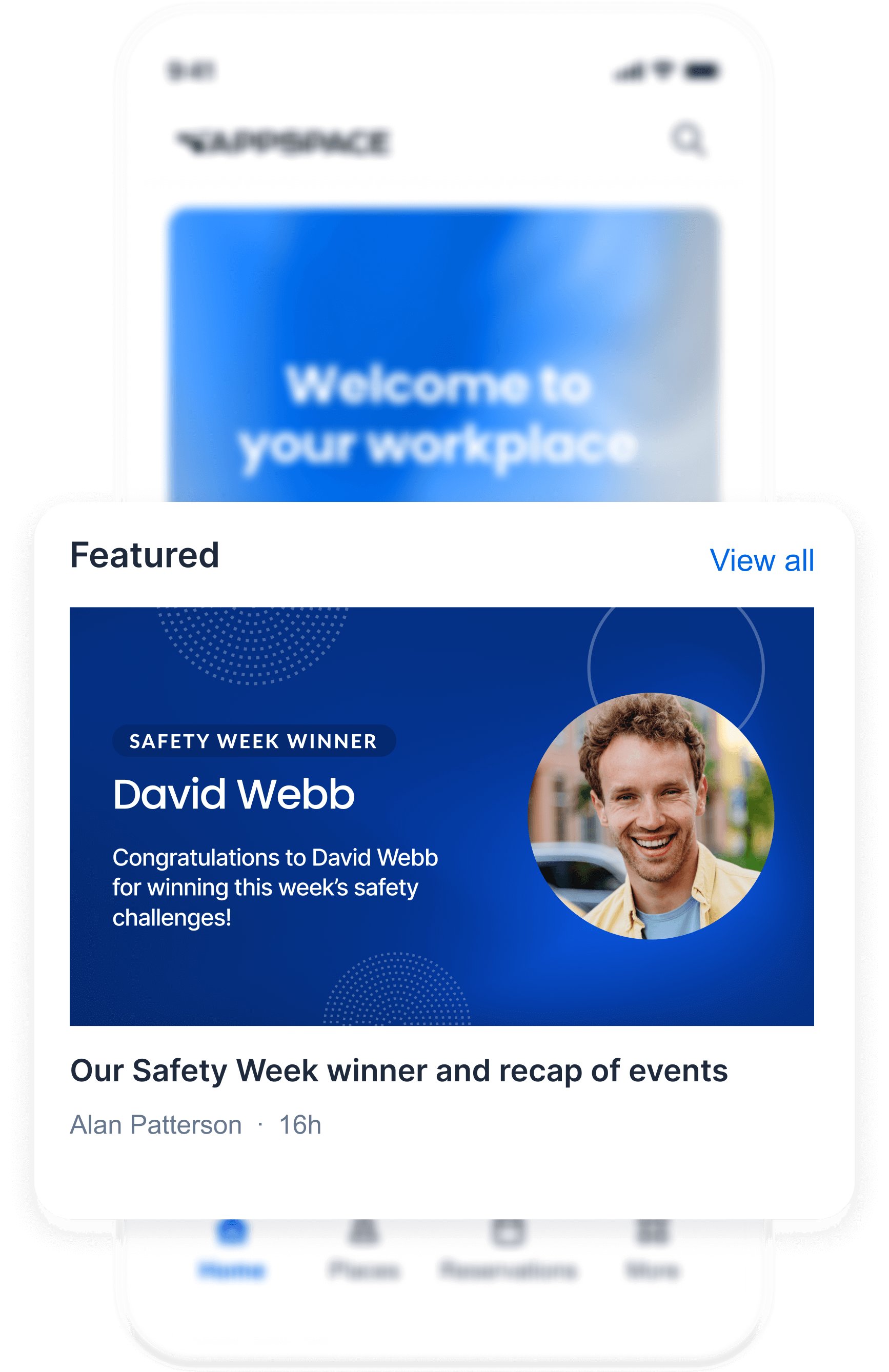
Creative media and employee-generated content
- Create-your-own safety video challenge: Give teams smartphones and 5 minutes to create short safety videos using real workplace scenarios. The cheesier the better (think dramatic slow-motion drops or over-the-top safety gear reactions). Post winners on break room screens.
- Workplace safety meme board or poster contest: Challenge employees to create memes about your actual workplace scenarios. “POV: When you remember to wear safety glasses” or “Me trying to lift 50 pounds without bending my knees.” Real workplace humor beats generic stock photos.
- “Caption this!” funny photo campaigns using staged hazards: Stage obviously wrong safety scenarios (safely) and let employees submit captions. Think someone “lifting” with their back or wearing a hard hat backwards. Funnier captions make more memorable lessons.
Hands-on and game-based safety learning
- Hazard bingo and interactive safety stations: Create bingo cards with common workplace hazards and let people mark them off during walk-throughs. Set up stations where employees rotate through hands-on safety tasks—proper tool handling, PPE fitting, or spill cleanup techniques.
- Lego hazard demos and build-your-own-safe-zone competitions: Give teams Legos to build models of workplace scenarios, then challenge them to spot and fix safety issues. Surprisingly effective for visualizing fall protection, equipment spacing, or workflow bottlenecks in a fun way.
- Safety Jeopardy or Kahoot with department leaders: Run interactive quiz games where managers participate alongside their teams. Categories like “Things That Make You Go Ouch” or “PPE Fashion Police” keep it light while covering real safety knowledge.
Creative storytelling and campaign tie-ins
10. Safety haiku, poem, or poster contests: Challenge employees to write safety haikus, limericks, or create posters about real workplace scenarios. “Hard hat sits lonely / Forgotten on the workbench / Ouch, that’s gonna hurt.” Post winners around the workplace.
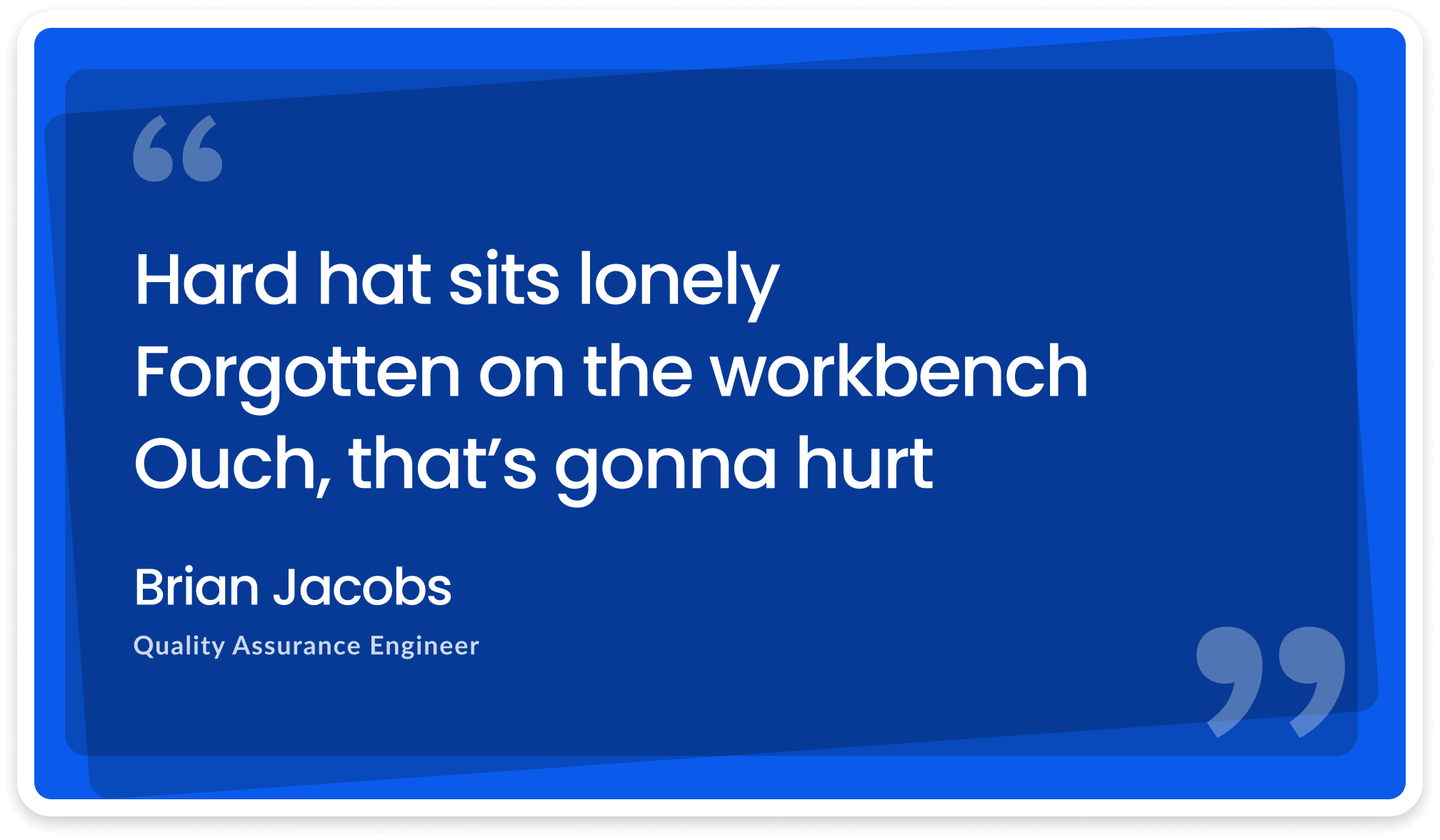
How to make workplace safety messaging stick long-term
Running one safety campaign is easy. Getting safety to stick month after month, year after year? That’s where most teams hit a wall.
Rotate content automatically to avoid message fatigue
Static safety messaging dies a slow death. People tune out the same poster after week two, and even great safety content becomes invisible wallpaper. Smart teams automate their rotation—different messages for different shifts, seasonal reminders, and location-specific content that keeps safety communication fresh without someone manually swapping things out every week.
Use humor and relevance to reduce resistance
Corporate safety messaging feels like homework. Funny, relatable safety content feels like something worth paying attention to. When your safety reminders reference actual workplace scenarios and maybe get a chuckle, people stop rolling their eyes and start listening.
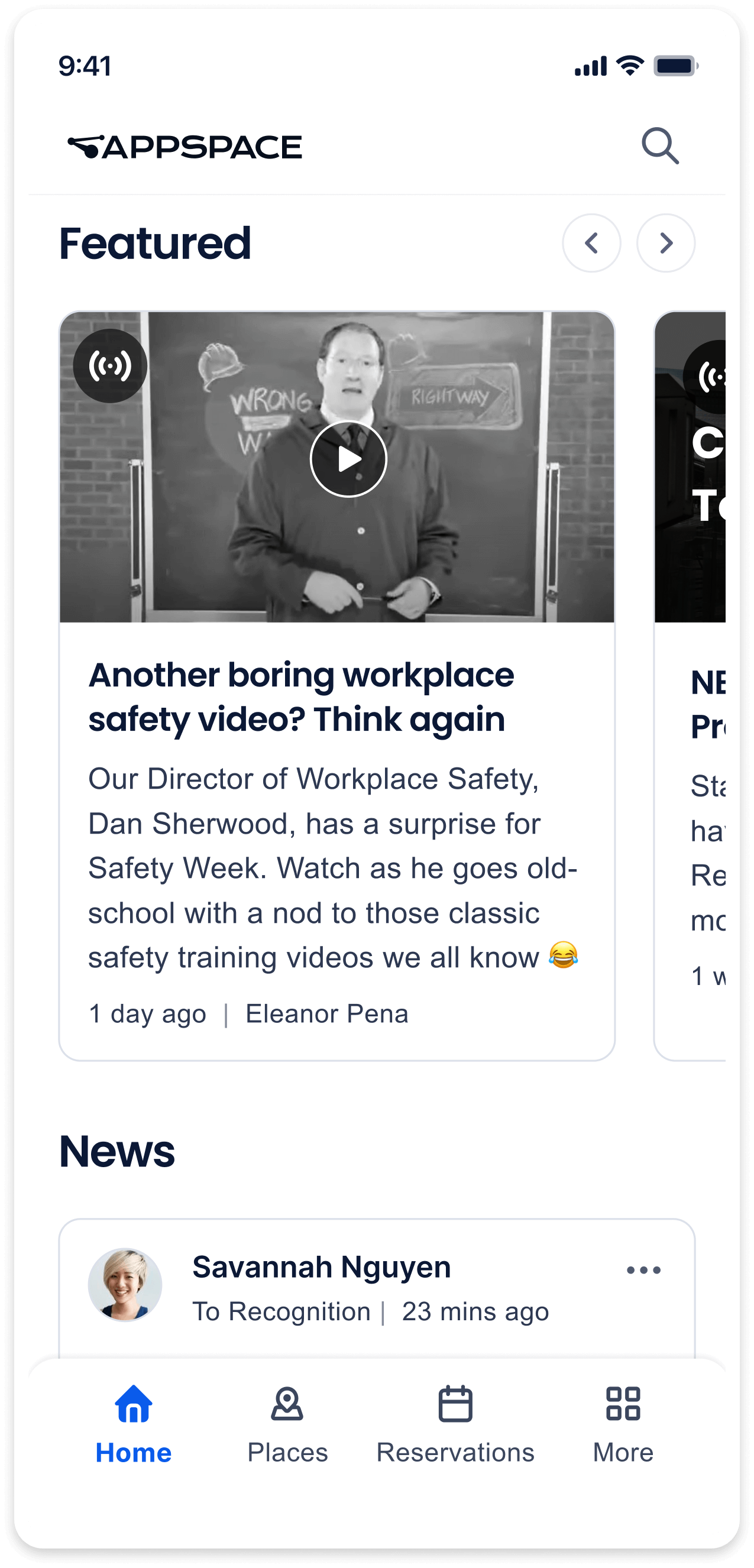
Deliver reminders at the moment of decision
A safety reminder works best right when someone needs it. Think “Check your step—wet floors today” popping up at entrances during rainy weather, or “Stretch first” showing up right before heavy lifting shifts. Timing beats perfection every single time.
Make technology work in the background
The best safety messaging systems run themselves. With something like Appspace, you can set location-based reminders, schedule seasonal campaigns, and push urgent alerts without someone manually updating every screen across multiple locations.
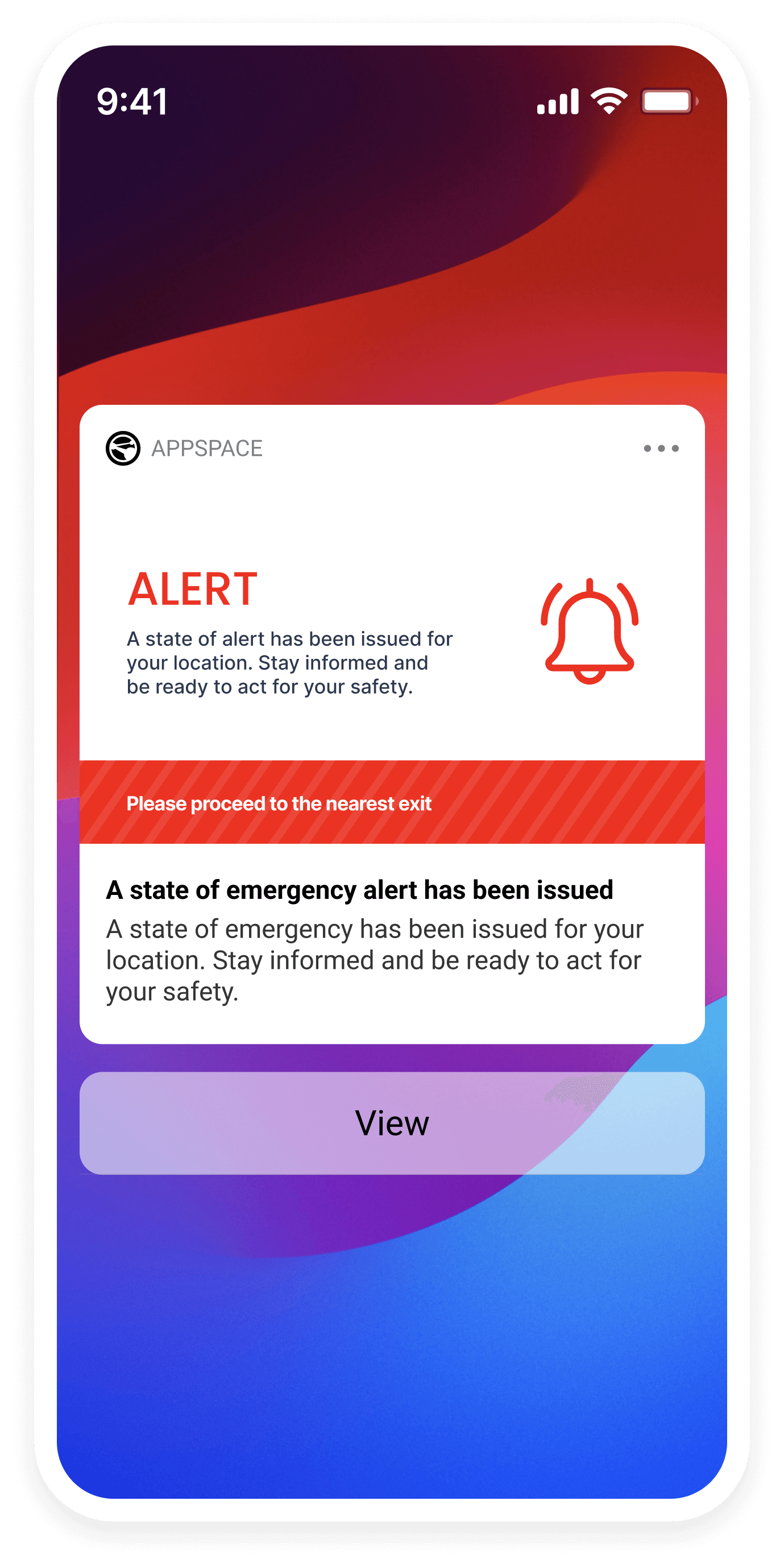
Make workplace safety something people care about
The difference between a safety program that exists and one that prevents accidents comes down to engagement. When employees look forward to safety content instead of enduring it, when they share their own stories and compete in challenges, when safety reminders show up at exactly the right moments. That’s when culture shifts from compliance to care.
Ready to make your workplace safety program actually engaging?
If you’re using Appspace, you can start implementing these ideas today—schedule rotating safety content, push timely reminders, and coordinate multi-department challenges all from one platform. Get started with Appspace and turn your safety messaging from forgettable to unforgettable.

